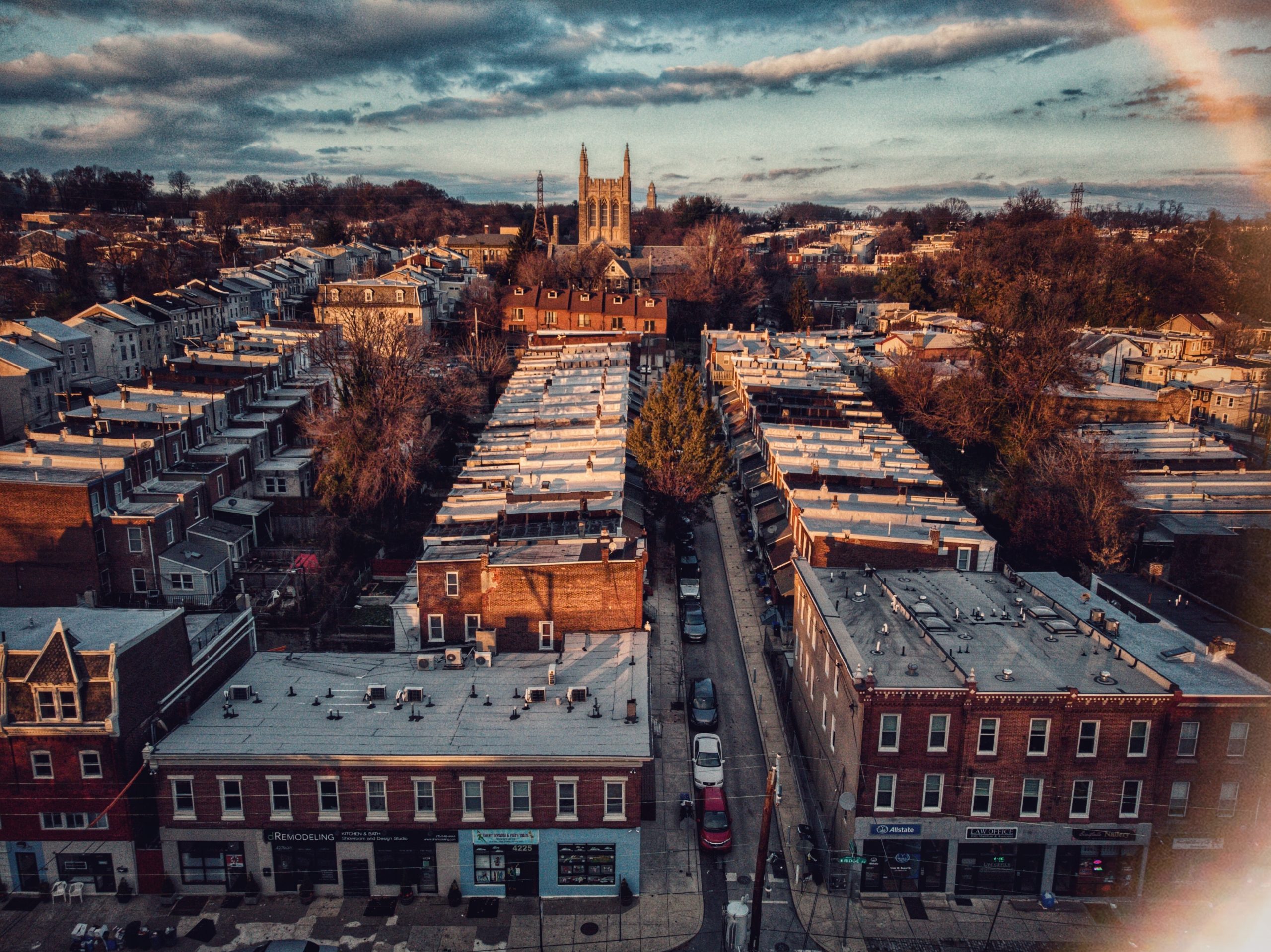
Photo by Edan Cohen, via Unsplash
This article originally appeared on NextCity.org.
Last spring, under the leadership of former city council member Cherelle Parker, the Philadelphia Home Appraisal Bias Task Force released a report documenting racial bias in home appraisal practices nationwide and in Philadelphia.
Among the recommendations in the Philadelphia report was a call for greater disclosure of appraisal practices and greater transparency in the industry. Outside of a few lawsuits and national analyses by Fannie Mae and Freddie Mac—government-sponsored mortgage finance firms (GSEs) that enhance the supply of home loans—systematically quantifying the extent of bias in Philadelphia neighborhoods represented a major challenge.
Freddie Mac’s analysis of unreleased data revealed that, nationwide, homes in majority Black neighborhoods were appraised below the contract sale price in 12.5 percent of cases compared to 15.4 percent in Latino neighborhoods and 7.4 percent in white neighborhoods. Among individual buyers, 8.6 percent of Blacks, 9.5 percent of Latinos, but just 6.5 percent of whites received appraisals below the contract sale price.
But late last year, the Federal Housing Finance Agency, which regulates the GSEs, released aggregated information from tens of millions of appraisals for single-family homes conducted in major cities for the period 2013 through 2021.
The public release of this data enabled us to finally track similar metrics for the city of Philadelphia. When Reinvestment Fund dug into that data to examine appraisal activity in Philadelphia’s neighborhoods, the findings were predictably bleak.
In 2020, we found, the average predominantly white neighborhood had 4.8 percent of the appraisals come in less than the contract sales price. In racially mixed areas, the average tract had 8.3 percent below the sale price, and in predominantly Black tracts, 8.6 percent were below the price. While this difference may not seem large, it means those living in Black and mixed-race neighborhoods experienced under-appraisals almost twice as frequently as those in white neighborhoods.
Reinvestment Fund also found that the degree to which appraisals may understate value, as evidenced by home sale prices, is greater in lower-priced areas than higher-priced areas. When we examined how often appraisals came in under sales prices in Philadelphia neighborhoods differentiated by average home sale prices in 2019 and 2020, we found that 9.5 percent of appraisals were undervalued in the city’s lowest price areas—where the average home sale prices were under $150,000. That’s slightly higher than 9 percent of appraisals being undervalued in modest priced areas ($150,000-$224,999), and much higher than 5.4 percent in middle priced areas ($225,000-$449,999) and 3 percent in the city’s highest priced areas ($450,000 and over).
[RELATED ARTICLE: A Home’s True Worth—Getting Beyond Appraisal Bias]
The Federal Housing Finance Agency’s data release represents a crucial step toward the transparency recommendations found in the Philadelphia Task Force report, as well as that of the federal PAVE Task Force, a 13-agency initiative created by President Biden. But it’s a very small step, and one that gives a false sense of transparency.
The Philadelphia Task Force’s recommendation is a disclosure requirement for appraisals—similar to that required of mortgage lenders in the 1975 Home Mortgage Disclosure Act, which provides detailed public information (race and income of applicants, census tract of property, etc.) on lending by virtually all lenders in the nation’s metropolitan areas.
But the Federal Housing Finance Agency’s new public database is much more limited than what the Home Mortgage Disclosure Act mandated. It does not identify the individual appraisers, firms, or appraisal management companies who did the appraisal—which means individual industry players can’t be monitored.
The limited data also obscures the scale of inequities in appraisals. A primary indicator of appraisal bias in home purchase mortgages is simply whether an appraisal is above or below the contract sales price. But an appraisal could be a few thousand below—or hundreds of thousands of dollars below, as reported in the growing body of civil rights suits alleging discrimination in residential appraising. The public neighborhood data offer no detail on the magnitude of the disparity.
For privacy purposes, a substantial amount of data is suppressed in areas with relatively few appraisals completed in any given calendar year. In 2020, the GSE county database shows over 11,600 appraisals in Philadelphia; the neighborhood data only has about 9,600. That means about 17 percent of completed appraisals are missing. The implication of this data suppression is that appraisals are reported in approximately 35 to 40 percent of the city’s mixed and predominantly Black neighborhoods, but 74 percent of the city’s predominantly white neighborhoods. That, in turn, means that many neighborhoods cannot be properly analyzed.
All in all, findings based on the GSE’s neighborhood data likely understate racial disparity in home appraisals. Accordingly, we renew the Philadelphia Task Force’s recommendation that the federal government require a Home Mortgage Disclosure Act-like disclosure of appraisal data—including identification of individual appraisers, appraisal firms, and AMCs. The public, advocacy groups, academics, and regulators need this information to monitor this critical sector for compliance with the nation’s fair housing and consumer protection laws.
Appraisal bias has become the fair housing issue of the day among advocates, public officials, and many in the appraisal industry itself. The recent data release constitutes a step in the right direction, but also demonstrates that more must be done to achieve transparency and accountability in home appraisals.
Ira Goldstein chaired the Philadelphia Home Appraisal Bias Task Force. Gregory Squires was a member of the Philadelphia Home Appraisal Bias Task Force.





Comments